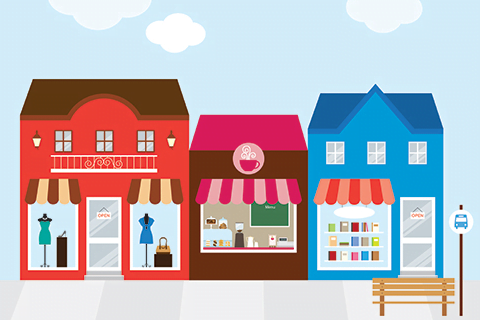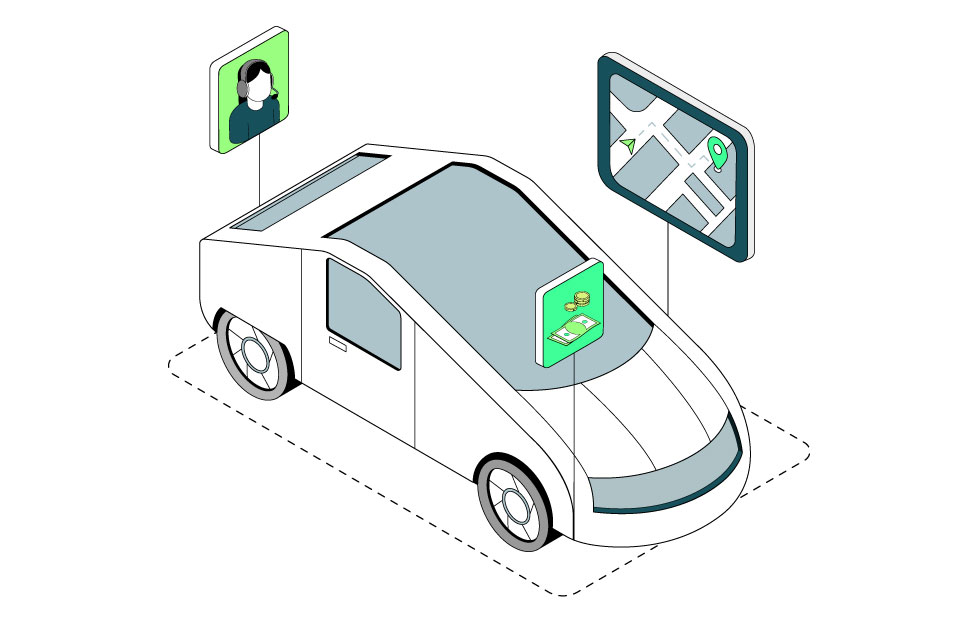By Jo Causon, CEO, The Institute of Customer Service
We are entering the crucial pre-Christmas period that can be make or break for retailers. It has already been a tough year on the High Street with many big names going out of business or announcing major restructuring plans. Mothercare have recently gone into administration while card chain Clintons is considering store closures and seeking rent cuts.
At The Institute, we hosted a roundtable discussion during National Customer Service Week in which a number of major players with significant high street presences debated ways in which the future of physical shopping hubs “particularly in small and medium sized towns” can be revitalised. We plan to feedback some of the main conclusions to a future All Parliamentary Group on Customer Service.
On the positive side, there was a common belief that the High Street does have a future. There will always be a place for physical shopping and there is no reason why operating a network of physical outlets should not remain a viable and profitable commercial activity.
But at the same time, decisive action is needed. Conditions on the High Street have become challenging for a wide range of different retailers, big and small, old and new.
What we are seeing is a combination of factors, including of course online. But while some ascribe the majority of the High Street’s woes to consumers’ increasing tendency to buy online, I don’t think it is that black and white. There is a big enough market to support both physical and online. After all, we use the two for different things. Therein lies one of the key points: the physical offering must be differentiated from online. The two shouldn’t be thought of as alternative versions of the same thing.
We shop online for speed and convenience. We go to the shops for other reasons – to browse and discuss options with in-store advisors, to look/touch/try on goods we are thinking of buying, to socialise with friends, to enjoy a coffee or a meal while we’re shopping. The list goes on. In short, visiting a high street or shopping centre is (or should be) an experience while shopping online is essentially just a transaction.
It follows that our high streets must become places that support these good experiences, becoming a focal point for local communities rather than a discrete jumble of shops next to each other. This requires increased coordination and collaboration between retailers (large and small), local authorities, landlords and community organisations. It could involve holding events such as coffee mornings, training and awareness sessions on topical issues, talks by figures from the community, activities for children or other specific groups – anything that will bring footfall in and that creates a sense of community and experience, rather than simply ‘selling goods’.
This brings me to another key factor that retailers must tackle. I believe that, after years of austerity and a general squeeze on household incomes, we are seeing the end of the era of mass consumerism. Many people don’t want to buy so many things anymore “there is less of a focus on accumulating possessions, and more focus on quality and personalisation (as well as recycling and re-using). Physical retailers therefore need to ensure they are stocking their stores with the goods that their customers really want, not just things they might want or that make the store look nice – and then differentiate themselves by offering really brilliant service to help customers make their choices.
Other issues need to be considered too. Many retailers argue that business rates are too high. Parking availability and costs can deter people from travelling to shops. Particularly in less prosperous areas, some high streets suffer from empty units and insufficient variety to stimulate footfall and spending.
One measure that our roundtable discussed was setting up “high street zones” in which businesses contribute savings from lower business rates and a portion of the apprenticeship levy to invest in improving skills and capacity in defined locations, to support local community development priorities.
We look forward to presenting our thinking to the All Parliamentary Group in the future and to working with our retail and high street-oriented members on some innovative projects. No one wants to see our high streets dying out. We need to generate new ideas to reinvigorate them.
We also need the public to ‘vote with their feet’ and support them. I hope many of us will take at least some our business onto the High Street this Christmas, rather than just filling up our baskets online.



